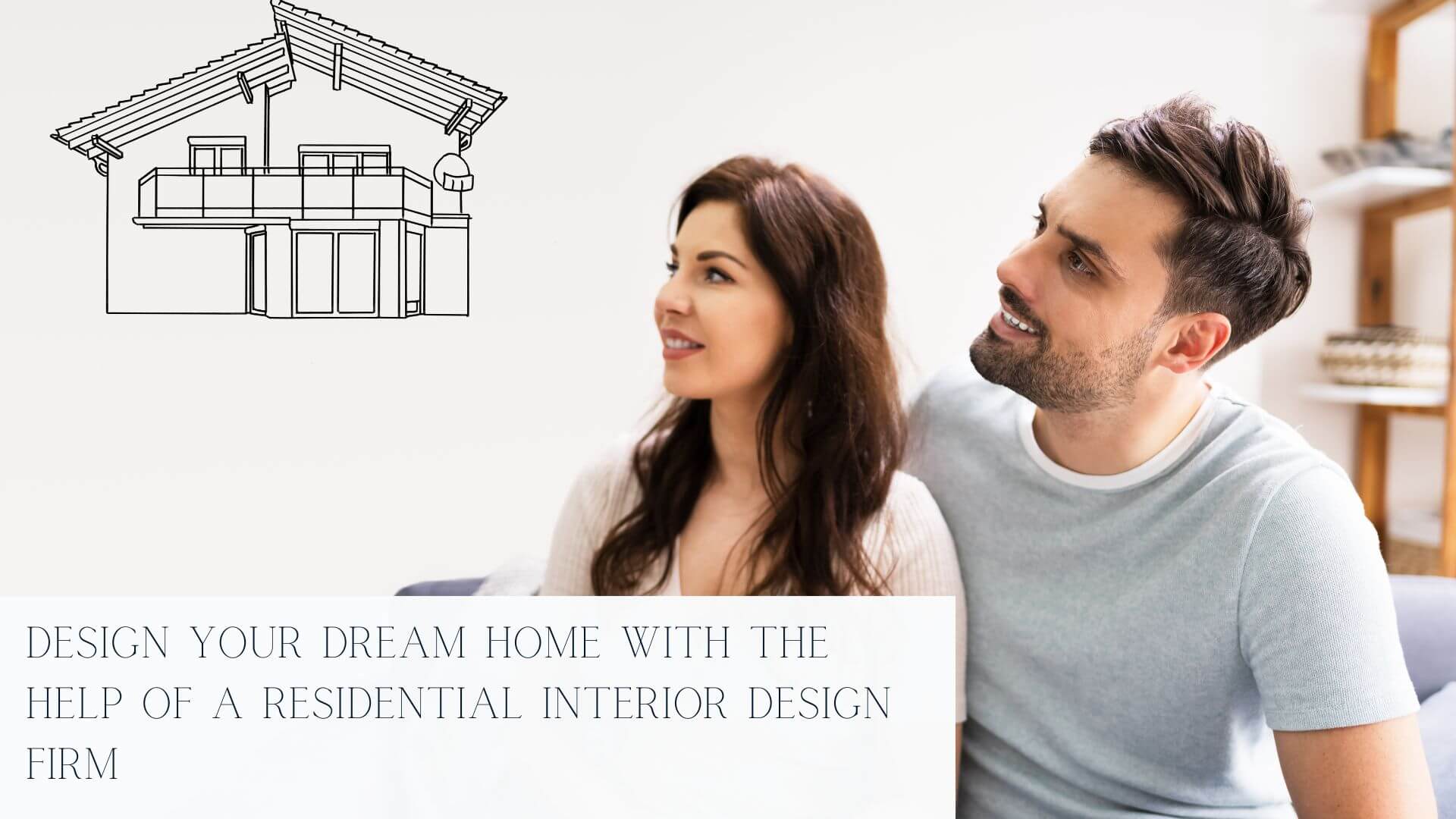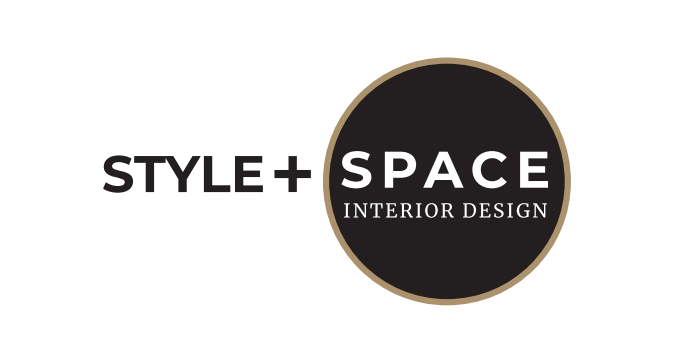Your cart is currently empty!
Design Your Dream Home with the Help of a Residential Interior Design Firm
Published
Categories


Your home is more than just a space. It reflects what your personality is, how you live your life, and what things you aspire to have.
It can be pretty overwhelming to transform a house into your dream home, but with the help of a residential interior design firm, you can make this journey exciting and manageable.
Here’s how to work effectively with an interior designer to achieve the home you’ve always wanted.
Define Your Vision
Before diving into the design process, hold your horses and take time to define your vision. This is a foundational step that will guide all future decisions and help you communicate effectively with your chosen design firm.
Self-Reflection
Your journey begins with honest self-reflection about your lifestyle and needs. Consider how you and your family use every room or space throughout the day.
Do you work from home and need a dedicated office? Are you passionate about cooking and need a chef’s kitchen? Or do you frequently entertain guests? It’s important that you ask yourself these questions so that you’ll have a home that serves your lifestyle, not only because it’s aesthetically eye-pleasing.
After being able to identify what kind of home serves your lifestyle, this is where you decide your style preferences. Functionality first, and then the aesthetics. Perhaps you are drawn to clean, modern lines. Or maybe you prefer the warmth of traditional designs. Also think about the spaces where you feel most comfortable, and try to identify what makes them appealing since you’ll be spending most of your time in them.
Make a list of must-haves, those non-negotiable elements that will make your home feel complete. Examples for your reference are a walk-in closet, natural lighting in any area of your choice, or materials that you’ve always dreamed of incorporating.
And then lastly, setting a realistic budget. This might put you off, but be upfront about your financial boundaries, including a buffer for unexpected costs. Only when you have a clear budget can your designer propose solutions that match your vision and financial comfort zone.
Inspiration Gathering
You may start collecting inspiration once you have your basic requirements. For instance, start with creating mood boards, either digital (using platforms like Pinterest or Houzz) or physical. They should include room layouts, colour schemes, furniture pieces, decorative elements, and more. If there are textures, materials, and lighting that caught your eye while browsing previously, don’t hesitate to include them.
It’s also a nice surprise that you can also look into other commercial spaces like restaurants, hotels, and retail establishments for design ideas. There is no rule saying that you should limit yourself to residential spaces. Your interior designer can further advise what would work in your space.
Also, take notes about what specifically attracts you to every image. Is it the colour palette? The furniture arrangement? The mix of textures? These notes will be invaluable when sharing your vision with your design firm, so they can fully understand not just what you like, but why you like it.
Finding the Right Residential Interior Design Firm
This is probably the most crucial phase of your home transformation journey. You have to approach this thoughtfully so you can partner with professionals with whom you can have a smooth and collaborative experience, on top of bringing your vision to life.
Research… diligently
This step is not a simple Google search. Sift through multiple channels—online platforms, design publications, personal referrals, etc. If possible, prefer those firms with portfolios on their website. For example, Style + Space Interior Design’s portfolio of projects showcases a range of contemporary living spaces, like sophisticated yet functional living rooms that screams comfortable living and an eyecatcher.
When reviewing portfolios, pay attention to whether their deliverables are consistent across projects, and if they maintain professional design standards that may be to your liking. Look further, look beyond the aesthetics it exudes. Do they have smart storage and other innovative solutions for space optimisation? All these can be considered.
If there are testimonials and reviews, focus on comments about the firm’s:
- Communication style and responsiveness
- Ability to stay within the set budget
- Problem-solving capabilities
- Project timeline management
- After-service support
Consultation
After identifying your shortlisted firms, the best next step is to schedule consultations. This is when you decide on your top choices. These initial meetings are your opportunities to assess the chemistry between you and the design team.
Refer to the following questions for guide questions. You can always tweak them to ask the most relevant queries.
- What is your design process and how do you handle client feedback?
- How do you approach project management and what are your communication protocols?
- Can you provide me with your fee structure and the services included?
- Do you have experience with projects similar to mine?
- What’s your strategy for handling unexpected challenges?
- What are the timeline expectations and how do you manage deadlines?
During consultations, observe how well they listen to your ideas and concerns. The right firm should demonstrate genuine interest in understanding your vision, and at the same time, offer constructive suggestions based on their expertise.
They should be able to explain their design choices clearly and show how their proposals respect your style preferences and functional needs.
Remember that a good fit encompasses a good portfolio and affordable pricing. Your partner firm should make you feel comfortable sharing your ideas and concerns, because open communication plays an important role throughout the project.
Collaboration and Design Development
After choosing your residential interior design firm, we’re getting to a more exciting phase where your vision starts to materialise as you collaborate with the design team.
Initial Meeting
Your first meeting with the designer/team will be a discussion about your lifestyle, preferences, and aspirations. Expect questions about your daily routines, family dynamics (if you live with family), and how you envision using every room.
They will conduct a site visit, take detailed measurements, and assess existing architectural elements, the patterns of where natural light hits, and potential challenges/opportunities within your space.
Conceptualisation
Based on your discussion, designers will lay out the initial concepts. This usually includes:
- Detailed floor plans showing how space is allocated and it flows
- Mood boards capturing the intended atmosphere of each room
- 3D renderings to help visualise the final result
- Material and colour palettes
- Lighting plans
Your designer/s will present these concepts, explaining their rationale behind each decision. So take time to provide feedback. It’s an iterative process. Your input helps refine the design until it perfectly matches your vision.
Selecting Materials
Upon the approval of the overall concept, the next step is exploring materials, finishes, and textures. Don’t worry because the design team will guide you throughout the selection. The factors that you may need to consider are:
- Durability and maintenance requirements
- Cost implications and budget alignment
- Environmental impact and sustainability
- Colour cohesion and texture combinations
- Availability and lead times
During this phase, you will have the chance to see and touch actual samples. The designer will help you understand how various materials perform in real-world conditions.
Through this process, you’ll see your dream home taking shape, with each decision you make bringing you closer to the final result.
Project Execution and Management
Now that the designs are finalised and materials selected, your project moves into the execution phase.
Detailed Design
At this stage, your design team creates documentation that will guide the construction process.
- Detailed technical drawings showing precise measurements and specifications
- Electrical and lighting plans
- Custom millwork designs
- Material schedules and specifications
- Installation instructions for special features
Your designer will select and coordinate with renovation contractors who have proven track records and match the project’s quality standards. They will also manage the procurement of materials, fixtures, and furniture.
Project Timeline and Communication
A clear timeline will be established with key milestones and deadlines. Your design team will provide a detailed schedule that outlines the below details:
- Demolition and construction phases
- Installation sequences
- Material and furniture delivery dates
- Important decision deadlines
- Buffer time for unexpected delays
Regular updates keep you informed of progress and adjustments needed. Most firms use project management software or apps that allow you to track progress, view updates, and communicate with your team in real time. Through this, you remain confident throughout the process.
On-site Supervision
They will conduct regular visits to monitor the quality and accuracy of the construction, make sure the project adheres to design specifications, address challenges that arise, coordinate between different contractors, and make real-time decisions when needed.
They are your advocates. They ensure that every detail is executed according to plan.
Handover and Styling
The final phase involves finishing touches to your dream home.
- Inspecting all completed work
- Testing all systems and fixtures
- Cleaning the space
- Professional furniture installation
- Detailed styling and accessorising
The team will conduct a final walkthrough with you. They will explain how to care for materials and finishes installed in your new house and ensure you are completely satisfied with every aspect.
They will also address minor adjustments needed to perfect the final result.
Conclusion
Working with professional designers brings not just creativity and technical expertise to the table. You also gain an invaluable perspective to fully understand and translate your vision.
We at Style + Space Interior Design are committed to creating spaces that perfectly balance aesthetics with functionality. We don’t want to compromise your comfort and your space’s usability with only a feast for the eyes.
And when you’re ready to transform your home, we would appreciate it if you made us one of your top choices for residential interior design firms in Singapore. We are more than happy to present you with our packages, including condo renovation packages.
Contact us here.
